Improving the slitting efficiency of lithium battery pole pieces is a key link to improve the quality and capacity of battery production. The optimization of automatic slitting machine needs to be comprehensively improved from many aspects such as equipment performance, process parameters, intelligent control and maintenance management. Here's how to do it:
1. Equipment performance optimization
• High-precision knife mold adaptation to material
◦ Tungsten carbide or diamond-coated tools are used to reduce wear and extend changeover intervals (e.g. from shifts to weeks).
◦ Match the tool angle (e.g., 20°~30° cutting angle) according to the material of the pole piece (aluminum foil, copper foil, coating thickness) to reduce the burr rate (target <5μm).
• Dynamic tension control
◦ Install a closed-loop tension sensor (accuracy±0.1N) to adjust the unwinding/rewinding tension (typical value: 5~20N) in real time to avoid wrinkling or tensile deformation of the pole piece.
◦ Driven by servo motor, the response speed is <10ms, which ensures that the tension fluctuation during the slitting process is <2%.
• High-speed slitting technology
◦ Increase the spindle speed to 300~600m/min (depending on the thickness of the pole piece), and use the high-rigidity frame to suppress vibration (amplitude<0.01mm).
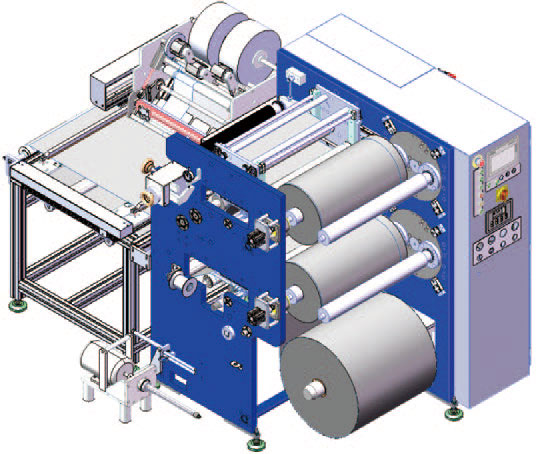
2. Intelligent process parameters
• Adaptive cutting parameters
◦ Integrate historical data through the MES system to automatically adjust the tool pitch (±1μm accuracy), feed speed (such as 0.5~2m/s) and pressure (50~200N).
◦ Example: Low speed (0.8 m/s) + high pressure (150N) is used for 8 μm copper foil pole pieces, while high speed (1.5 m/s) + low pressure (80 N) is available for 15 μm aluminum foil.
• In-line quality inspection
◦ Integrated CCD visual inspection (resolution 5 μm) to identify burrs and cracks in real time, and automatic sorting of defective products (rejection rate > 99.9%).
◦ Laser thickness gauge (accuracy ± 0.5μm) monitors the fluctuation of the thickness of the pole piece and adjusts the tool clearance feedback.
3. Automation and intelligent upgrading
• Digital twins and predictive maintenance
◦ Predict tool life (accuracy rate >90%) through vibration sensor + AI algorithm, and warn replacement 2 hours in advance to reduce unplanned downtime.
◦ The digital twin simulates the slitting process to optimize path planning (e.g., 30% reduction in idle travel).
• Robot loading and unloading
◦ The cobot (load of 5 kg, repeat positioning accuracy ± 0.02 mm) realizes automatic loading of rolls, and the roll change time is shortened from 5 minutes to 30 seconds.
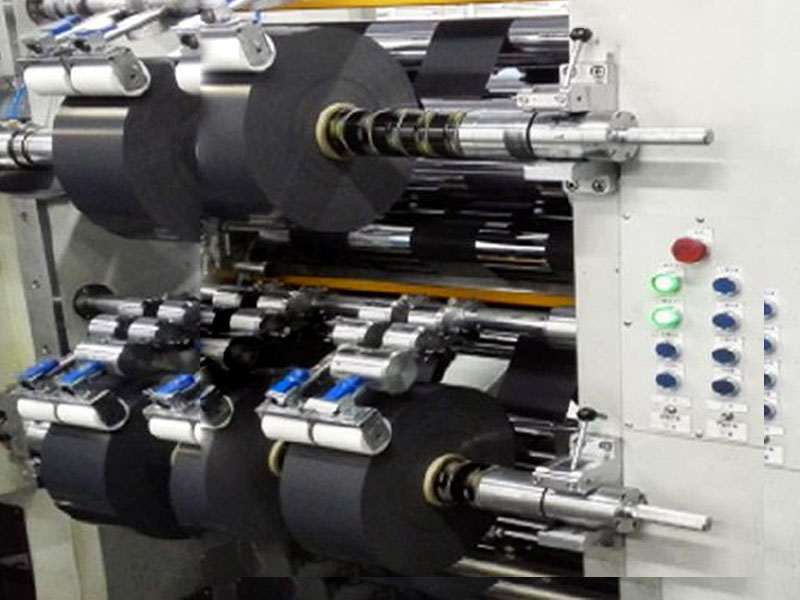
4. Integration of production processes
• In-line production
◦ The slitting machine is directly connected with the coating machine and roller press, which reduces the intermediate transfer (saves 15% of time) and avoids the contamination of the pole piece.
◦ AGV is used to transport the finished coil and connect the post-lamination/winding process.
5. Maintenance and management optimization
• Standardized operations
◦ Tool wear SOP (e.g., check the cutting edge every 50 km of cutting) and adopt a quick mold change design (changeover time < 3 minutes).
• Energy efficiency monitoring
◦ Install an energy monitoring module to optimize the motor start-stop strategy (e.g., standby power <1kW) to reduce energy consumption by 20%.
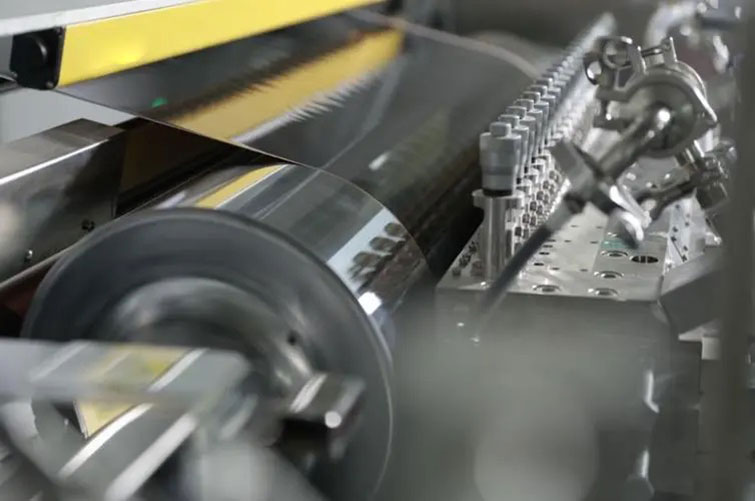
6. Application of cutting-edge technology
• Laser slitting technology
◦ Ultraviolet laser (wavelength 355nm) instead of mechanical knife, non-contact cutting (speed 1~3m/s), edge heat-affected zone < 10μm, suitable for ultra-thin pole pieces (<6μm).
• AI dynamic compensation
◦ The deep learning model analyzes the slitting force signal in real time and automatically compensates for the dimensional deviation caused by tool wear (compensation accuracy± 2μm).
Evaluation of effectiveness
With these measures, it is possible to:
• Slitting efficiency increased by 30%~50% (e.g. from 200m/min to 300m/min);
• The yield rate increased from 98% to more than 99.5%;
• The comprehensive production cost is reduced by 15%~20%.
It is necessary to select the technology combination according to the specific needs of the production line, and continue to collect data for iterative optimization.
 The Invisible Hand of Precision: How the Automatic Slitting and Rewinding Machine Reshapes Modern Industrial Warp and Weft
The Invisible Hand of Precision: How the Automatic Slitting and Rewinding Machine Reshapes Modern Industrial Warp and Weft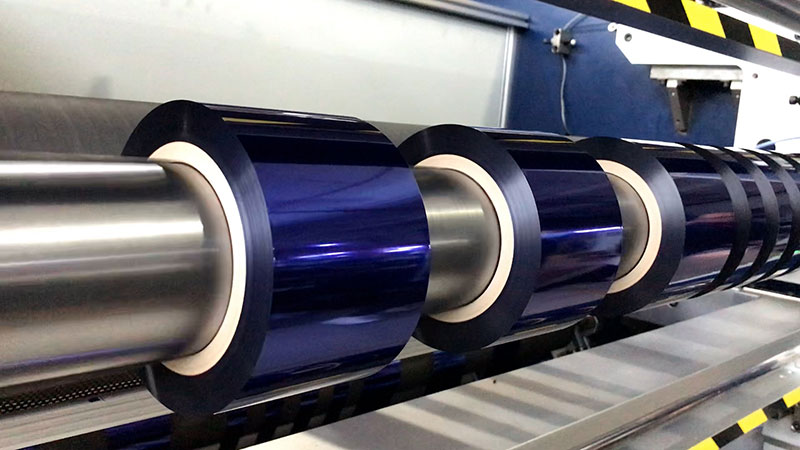 Intelligent slitting machine: one-click setting, fully automatic operation, reshaping a new benchmark in production efficiency
Intelligent slitting machine: one-click setting, fully automatic operation, reshaping a new benchmark in production efficiency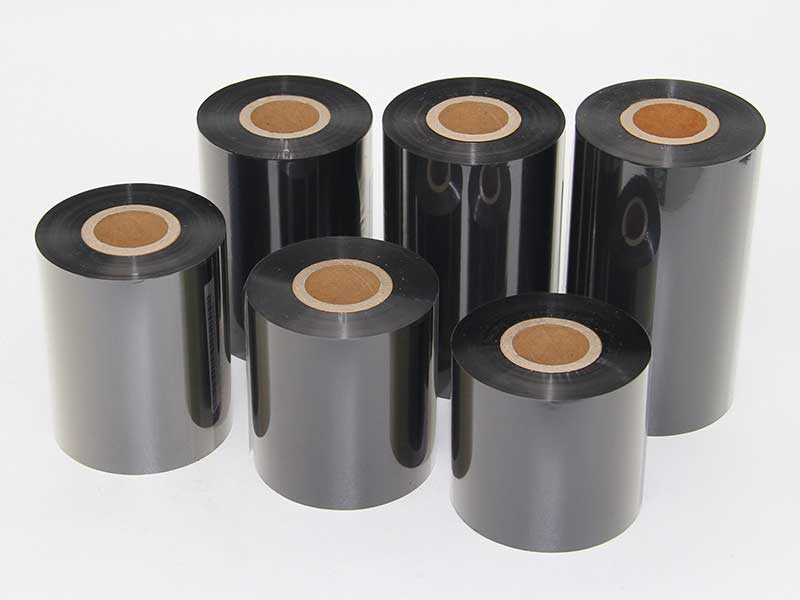 Automatic upgrade of ribbon slitting machine: a solution to increase production efficiency by 30%
Automatic upgrade of ribbon slitting machine: a solution to increase production efficiency by 30%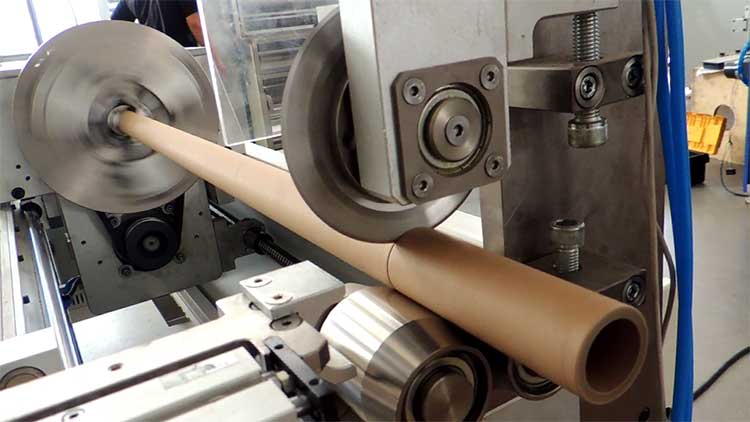 High long-term return on investment? How a paper tube cutting machine reduces operating costs
High long-term return on investment? How a paper tube cutting machine reduces operating costs One-click operation! Unveiling the core technology of the automatic hot stamping foil slitting machine
One-click operation! Unveiling the core technology of the automatic hot stamping foil slitting machine